Trapezius Muscle
Table of Contents
Trapezius Muscle Anatomy
The trapezius (or trapezoid) is a large paired surface muscle that extends longitudinally from the occipital bone to the lower thoracic vertebrae of the spine and laterally to the spine of the scapula. It moves the scapula and supports the arm.
The descending (superior), ascending (inferior), and middle sections make up the muscle. The muscle controls the cervical spine to aid in head balance and maintains scapulohumeral rhythm through attachments on the clavicle and scapula.
People with persistent anxiety or stress have problems with their trapezius. The trapezius is constantly strained as one hunches over and holds tension in the shoulders and neck. Thus, a common cause of tension headache pain is mostly the trapezius muscle.
It is rare for bodybuilders who lift very big weights to tear or damage their trapezius. They mostly occur in high-speed collisions, eg. auto accidents.
Name
The diamond-shaped quadrilateral, or trapezium, is similar to the trapezius muscle. Although it is not frequently used in contemporary writings, the term “spinotrapezius” refers to the human trapezius.
Origin
It originates from the
- medial one-third of the superior nuchal line.
- external occipital protuberance.
- ligamentum nuchae.
- t1 – t12 spines.
- corresponding supraspinous ligaments.
Insertion
The insertion of upper, middle, and lower fibers of the trapezius are
- upper fiber inserts into the posterior border of the lateral one-third of the clavicle.
- middle fibers insert into the medial margin of the acromion and upper lip of the crest of the spine of the scapula.
- lower fibers inserts on the deltoid tubercle at the spine with a bursa intervening.
Nerve supply
The trapezius is supplied by the spinal part of the accessory nerve which is the motor and the branches from c3, and c4 are proprioceptive.
Blood Supply and Lymphatics Drainage
There are three common origins from which the two primary variations of the vascular supply to the trapezius emerge. The most common variation includes the transverse cervical artery as the primary blood supply. The deep regions are supplied by posterior intercostal arterial branches, while the superior portion is supplied by collateral blood from the dorsal scapular artery. A rarer kind receives greater blood flow from the dorsal scapular artery.
Action:
The upper, middle, and lower fibers of the trapezius have different actions,
- Upper fibers of the trapezius elevate the scapula and rotate during abduction of the arm.
- The middle fibers of the trapezius retract the scapula
- The lower fibers of the trapezius pull the scapula inferiorly.
Embryology
With rare exceptions, the mesoderm is the source of all of the human body’s striated and smooth muscle. The ectoderm is the source of the rare exceptions. In the lateral occipital region, the trapezius and sternocleidomastoideus muscles first form as a single mass. It is innervated at this extremely early stage by the spinal accessory nerve (CN XI in adult form).
The nerve is carried along with the muscle mass as it expands and transfers caudally into its mature location. Around the 20th week of pregnancy, this one mass divides into the sternocleidomastoideus and the trapezius. It is fairly uncommon for the muscle to eventually acquire branches from the cervical plexus and acquire secondary new nerves while keeping its original nerve, CN XI.
Physiologic Variants
However rare, anatomic variations of the trapezius are seen and varied. Many of these variations are developmental in nature and are associated with unilateral or bilateral agenesis of the trapezius, which causes hypoplasia or the formation of auxiliary muscle lobes.
In one documented instance of heritable loss of the trapezius muscle, the absence of the muscle was also observed in the daughter of two parents who lacked the muscle. Other abnormalities include the hypoplasia of the trapezius muscles caused by the malfunction or absence of the spinal auxiliary nerve (CN XI), not their actual disappearance.
Strengthening Exercises of Trapezius muscle:
1. Shoulder Blade Squeeze:

- Stand with a good posture.
- Slowly squeeze the shoulder blades together and hold for 3 seconds.
- Slowly release the shoulder blades back to their relaxed position.
- This exercise can also be done using cables and resistance bands.
2. Upright Row:

- Stand up straight with the theraband fixed under the foot.
- While holding the theraband, make a fist and pull up the fists as high as one can by bending the elbows while keeping the hands close to the body.
- Hold for the count of two.
- Release the arms back into the relaxed position, the fists still clenched.
- Repeat the exercise 20 times.
Stretching Exercises of the Trapezius Muscle:
1. Ear to shoulder stretch:
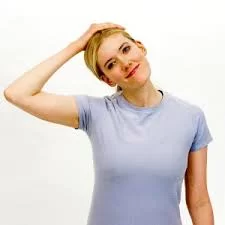
- Sit on the ground with a yoga mat and in a relaxed position. Make sure the back is straight and the core and the limbs are relaxed.
- Now slowly and with ease, take the right ear towards the right shoulder.
- Lift the right hand up and over the head, resting the hand on the left cheekbone. Simply rest the hand there with slightly more pressure. This will gently stretch the upper trapezius.
- Hold this position for at least 30 seconds.
- Now gently release the stretch and then take the left ear towards the left shoulder and perform the stretch on the other side.
2. Cat-Cow pose Stretch:
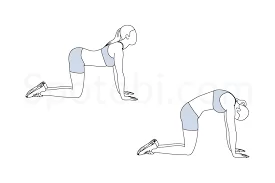
While doing this stretch specifically for the trapezius, one should focus on the area between the upper shoulder blades while alternating arching and releasing the back.
- Get in the position of kneeling on four limbs. The hips should be directly over the knees, the shoulder directly over the elbows, and the elbows over the wrists.
- While inhaling lift the head, chest, and spine letting the stomach in and arching the back.
- While exhaling around the spine upwards and bringing the chin near the chest.
- Repeat this for 10-15 times.
Relations
The trapezius is the most superficial of the superficial extrinsic back muscles, along with the latissimus dorsi. The serratus posterior superior, a member of the intermediate layer of the back’s extrinsic muscles, is located deep within the trapezius muscle.
Furthermore, the splenius capitis, splenius cervicis, spinalis, longissimus, and iliocostalis muscles are among the muscles of the superficial layer of the intrinsic muscle group that are covered by the trapezius. The suboccipital area is likewise covered by the top portion of the trapezius.
The posterior border of the posterior triangle of the neck is formed by the trapezius muscle. Additionally, its free inferior edge creates the medial limit of the triangle of auscultation, which is a region of the chest wall that is only sparsely clothed with muscle and is not masked by the scapula.
Clinical Importance
In general, tension headaches are frequently caused by trapezius hypertonicity and spasm. The traditional “ram’s horn” distribution of a tension headache is caused by entrapment along the route of the occipital nerve and accessory nerve. Bilateral tension headaches are throbbing headaches that radiate from the occipital area to the forehead and top of the head.
These symptoms can be made worse by stress, bad posture, and insufficient pre-activity stretching. Prodromal or sensorineural exacerbations in response to light or sound are not characteristic of tension headaches; they are present in migraine headache instances.
Spinal Accessory Nerve Lesions
Damages, especially surgical trauma, can cause injury to the spinal accessory nerve intracranially or right below the jugular foramen. Both of these lesions are categorized as lower motor neuron lesions and will result in paralysis, hypotonia, hyporeflexia, and atrophy of the sternocleidomastoid and trapezius muscles. If the nerve inside the posterior triangle is damaged, just the trapezius will be denervated.
Due to injury to the spinal accessory nerve, trapezius palsy is characterized by difficulties in adduction and abduction of the arm, a drooping shoulder, and discomfort in the neck and shoulders. An Eden-Lange treatment can be used to surgically address intractable trapezius palsy.
Facioscapulohumeral muscular dystrophy
One of the muscles most frequently impacted by facioscapulohumeral muscular dystrophy (FSHD) is the trapezius muscle. Upper fibres are often spared until late in the illness, while lower and middle fibres are attacked first.
Underdevelopment
Underdevelopment or absence of the trapezius has been found, although infrequently, to be associated with poor scapular control and neck pain that is unresponsive to physical treatment.
Poland syndrome has been linked to the absence of the trapezius.
Myofascial trigger points
Myofascial trigger points can be treated with dry needling to alleviate pain. Treating athletes who must operate with their arms high above their heads can benefit most from this.
There is a correlation between diminished trapezius strength and unilateral neck pain experienced by violinists.
Women desiring a more attractive shoulder line might utilize botulinum toxin A to reduce the bilateral trapezius muscle mass.
FAQ
The muscles in the traps may overstretch or tear as a result of an accident, intense activity, or misuse. This frequent damage may result in spasms or cramps in the muscles. Any muscles in the lower back, including the trapezius, might be impacted by back strains and spasms.
Another method to maintain a strong trapezius is to perform simple shrugs. “One of the best exercises to activate the trapezius is the shrug, which is very common and easy to implement,” Try this exercise with weights in your hands for an extra challenge.
Pain in the trapezius muscle is frequently caused by overuse, bad posture, inactivity, and vitamin D insufficiency. To treat severe trapezius spasms or discomfort, the physiotherapist may apply infrared heat, transcutaneous electrical nerve stimulation (TENS), or ultrasonic heat.


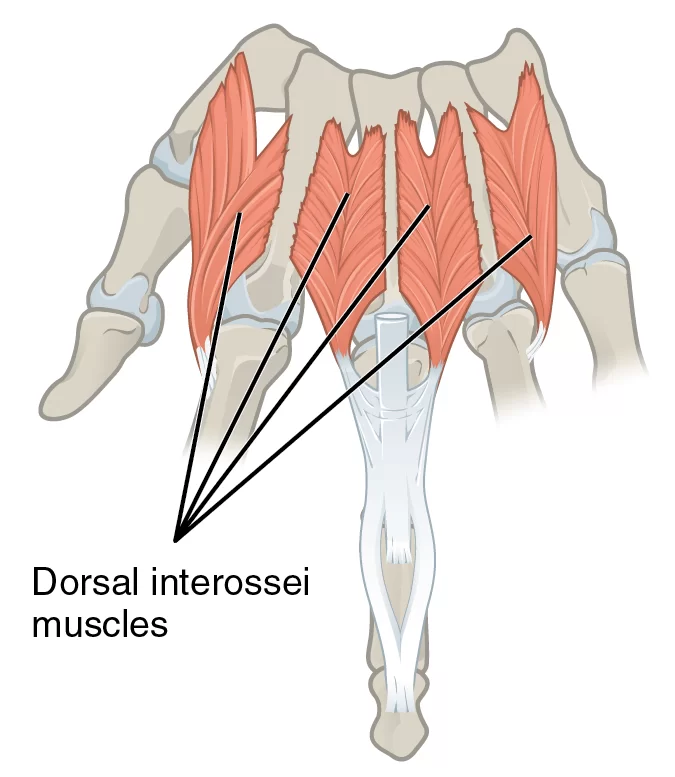
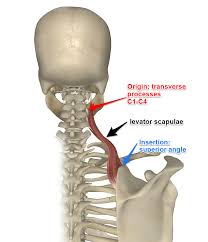
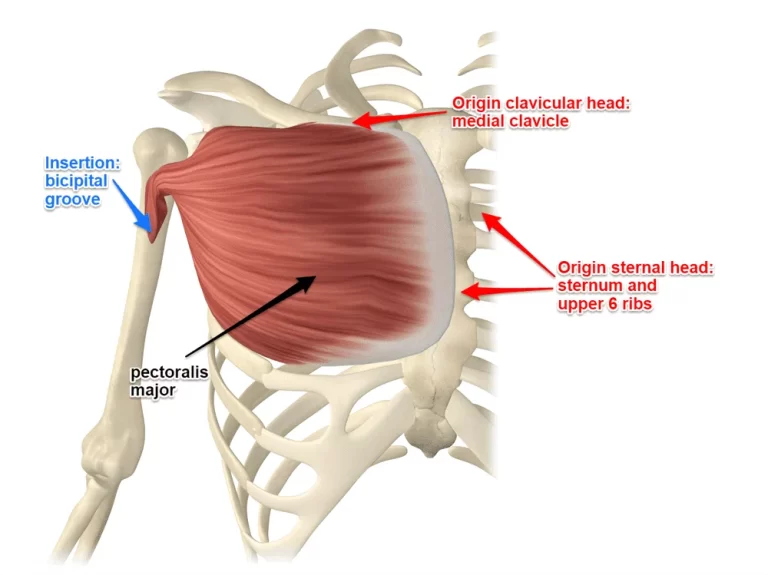
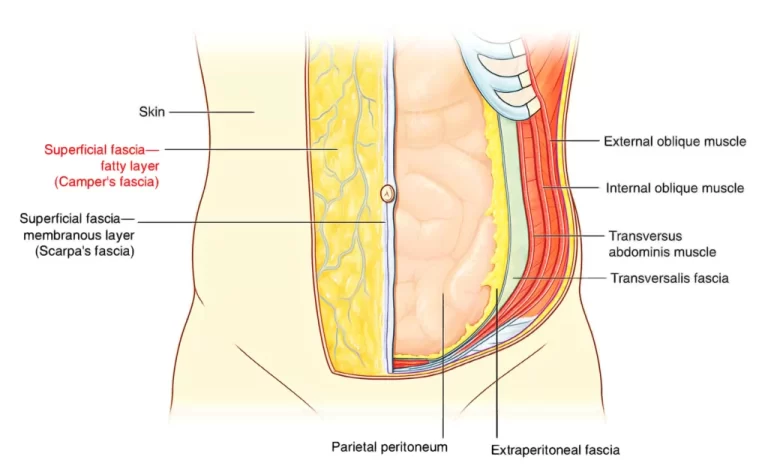
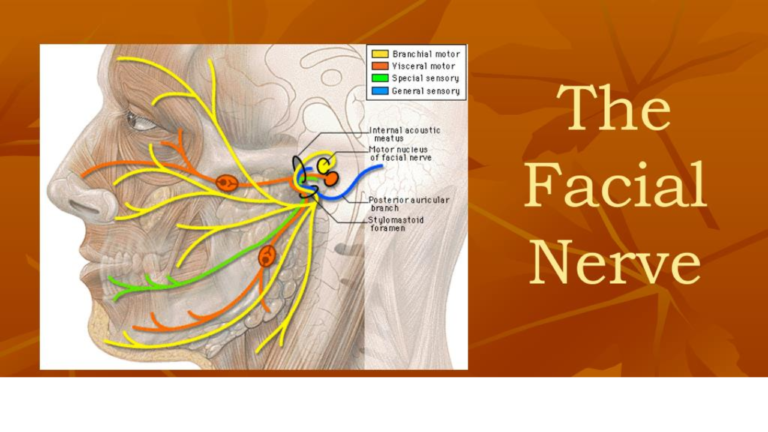

6 Comments